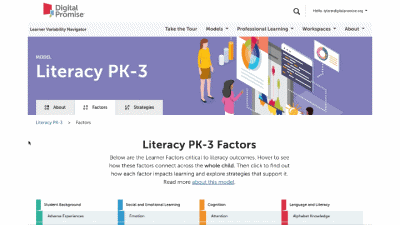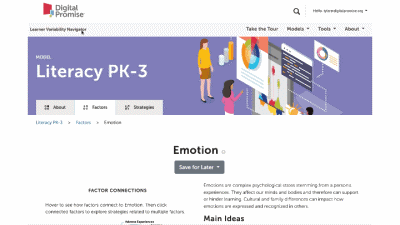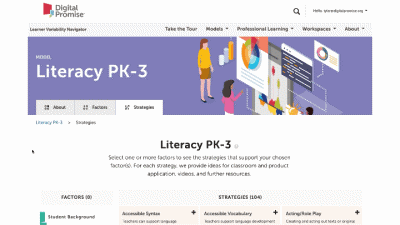Free Choice
Overview
Free choice supports learner interests and promotes the development of more complex social interactions. Scheduling at least 30 minutes of free choice or collaborative play time allows learners to have the opportunity to engage in activities that make learning feel meaningful and supports the development of a broad array of cognitive and social and emotional skills.
In addition to these powerful benefits, collaborative play with math games, manipulatives, and activities promotes growth in the following math skills:
Example: Use This Strategy In in the Classroom
Design It into Your Product
- Free play with grocery store or cooking items, like fruits, money, or measuring cups, encourages math talk around Estimation. Students are also exposed to math and number talk with and through their classmates, supporting Language Skills and overall math development.
- By designing objects, games, and activities with open-ended interaction capabilities, developers can indirectly promote free play and exploration.
Factors Supported by this Strategy
More Active Learning Strategies
Building with blocks is ideal for promoting early geometric and Spatial Skills.
Students activate more cognitive processes by exploring and representing their understandings in visual form.
When students explain their thinking process aloud with guidance in response to questions or prompts, they recognize the strategies they use and solidify their understanding.
Imagining allows students to step back from a problem or task and think about it from multiple angles.
Math games use numbers and Spatial Skills, allowing students to practice many math skills in a fun, applied context.
Project-based learning (PBL) actively engages learners in authentic tasks designed to create products that answer a given question or solve a problem.
Response devices boost engagement by encouraging all students to answer every question.








